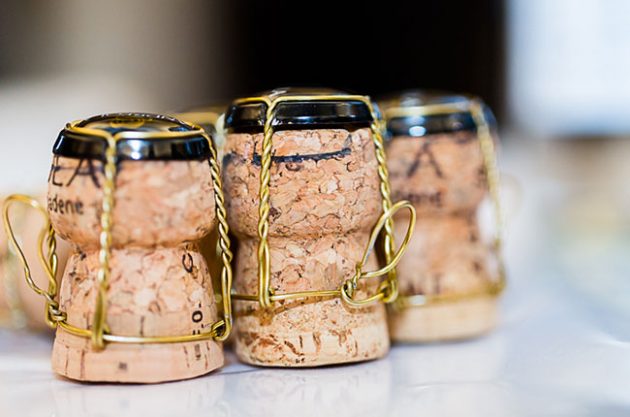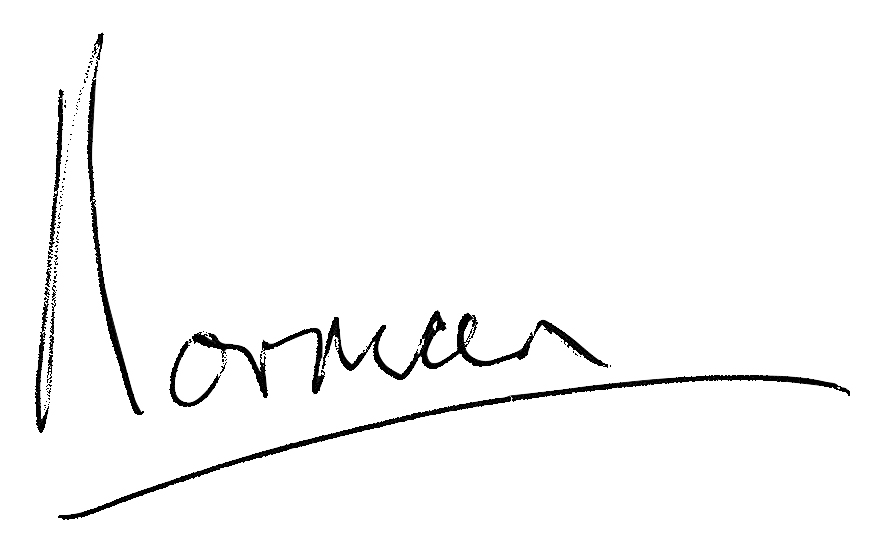norman.comfort@getcomfortable.co.uk, or talk to me on 07530 708125. Let's do this.....

MY WINE OF THE WEEK THIS WEEK IS CAVA MARTA, RESERVA VINTAGE 2015 BRUT
My wine of the week this week is Cava Marta, Reserva Vintage 2015 Brut
Winery : Ramon Canels
Where : Penedès. Located southwest of the Spanish city of Barcelona, the Penedès DOC wine appellation straddles two coastal provinces—both that of Barcelona, in the north, and Tarragona further south. Penedès is known not only for still wines, but for sparkling ‘Cava’. This is confusing – The Cava DOC is effectively the same area as the Penedès DOC area, but also includes a small number of other villages in Aragon, Castile and León, Extremadura, La Rioja, Basque Country, Navarre and Valencia. So a Cava wine made in Penedes could use the DOC Penedes (but not call itself Cava) or use the Cava DOC, or use both on its label.
The grapes : Parellada, Macabeo, Xarel-lo
Macabeo (30%) is the white wine grape that drives flavour in Cava. The wines can be fresh, floral and aromatic when harvested sufficiently early and aged in stainless steel, but weighty, honeyed and nutty when aged in oak and harvested slightly later.
Parellada (20%) is native to the hills of Catalonia, effectively the only place it is grown – of Spain’s 20,000 acres of Parellada vines, just 5 percent are located outside Catalonia. Parellada brings aromas of blossom and green apple and is thought to be the perfect grape to support Macabeo
Xarel-lo (50%) is valued by winemakers for the acid structure it brings to wines, and stands out as one of Spain’s finest white-wine varieties. It has thick skins, is high in polyphenols, and its juice offers an excellent balance of sugars and acids. It is largely responsible for the age-worthiness of the finest Cavas.
This combination of grapes indicates the significance of blending in the wine. Each one brings a different role to the wine.
How is this wine made : Cava is made using the same method as Champagne. A Spanish wine maker travelled to Champagne, where he learnt the method and brought it back to the region in the late 1800’s.
In Summary
- The grapes are harvested early to maintain high acid levels and sorted to ensure only the highest quality fruit is used
- Each grape varietal is gently pressed and then fermented in stainless steel tanks
- These are blended together.
- The blended wine is bottled and a mixture of sugar and yeast is added to each bottle to ignite the secondary fermentation in the bottle. It is sealed with a crown cap (similar to what you see on a beer bottle).
- The bottles are placed on their sides in a cellar and the secondary fermentation takes place. The CO² (carbon dioxide) produced during the secondary fermentation (from the conversion of sugar to alcohol) remains trapped inside the bottle and blends into the wine as tiny bubbles
- The bottles rest “sur lie” (meaning, resting with the dead yeast cells inside each bottle) which adds complexity (mainly the toasty/brioche notes associated with traditional method sparkling wines).
- The dead yeast cells are collected in the neck of the bottle (through a process called “riddling“) and removed from the bottle (through a process called “disgorgement“).
- From there the wine (and dead yeast cells) in the neck of the bottle are frozen in a bath of freezing brine. The cap on the bottle is removed, and the frozen sediment is forced out!
- The “dosage” is a mixture of still wine and sugar that is quickly added in after the sediment is disgorged and before the cork is put in place. The added sugar determines the desired sweetness of the wine (brut nature, brut, seco, dulce, etc!)
- In this particular wine, the second fermentation to “dosage” takes 24 months.
Terminology : There are seven different sweetness levels of Cava
Brut Nature: 0-3 grams of residual sugar per litre.
Extra Brut: 3-6 grams of residual sugar per litre.
Brut: 6-12 grams of residual sugar per litre.
Extra-Seco: 12-17 grams of residual sugar per litre.
Seco: 17-32 grams of residual sugar per litre.
Semi-Seco: 32-50 grams of residual sugar per litre.
Dulce: 50+ grams of residual sugar per litre.
Soil type : Penedès is blessed with nearly ideal conditions for vine cultivation. Soils are primarily limestone and clay, and the climate is generally mild and warm
How does this wine taste to me :
The Label : Classic straightforward and clear

